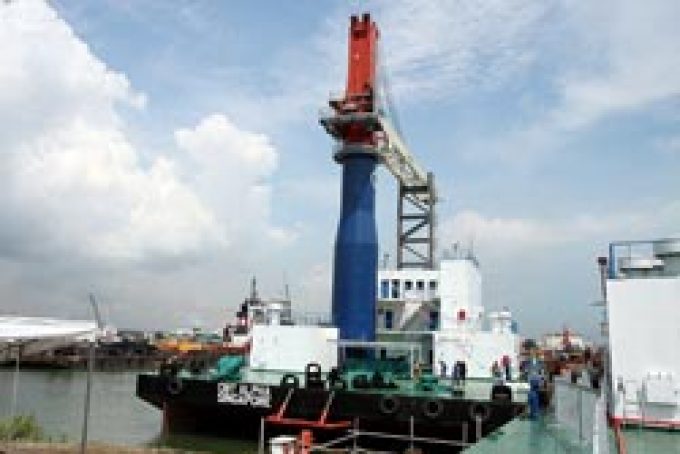China pushes Cosco participation in consortium eyeing Hutchison buy
MSC’s continued pursuit to acquire the international port portfolio of Hutchison took a further twist ...

Seaspan, the world’s largest non-operating containership owner, has announced its first significant investment outside the sector, suggesting it intends to diversify its business model.
The New York-listed lessor, with an operating fleet of 112 ships, said it planned to invest up to $200m in the restructured ...
CMA CGM South Korean staff strike over bonuses after bumper 2024 profit
MSC switches two more Asia-Europe port calls from congested Antwerp
CMA airline returns two freighters, while ANA takeover of NCA looms
Nightmare for Bangladeshi exporters as congestion and tariffs bite
Tradelanes: Export boom in Indian sub-continent triggers rise in airfreight rates
Carriers introduce surcharges as congestion builds at African ports
Ports and supply chain operators weigh in on funding for CPB
Box ship overcapacity threat from carrier appetite for new tonnage

Comment on this article